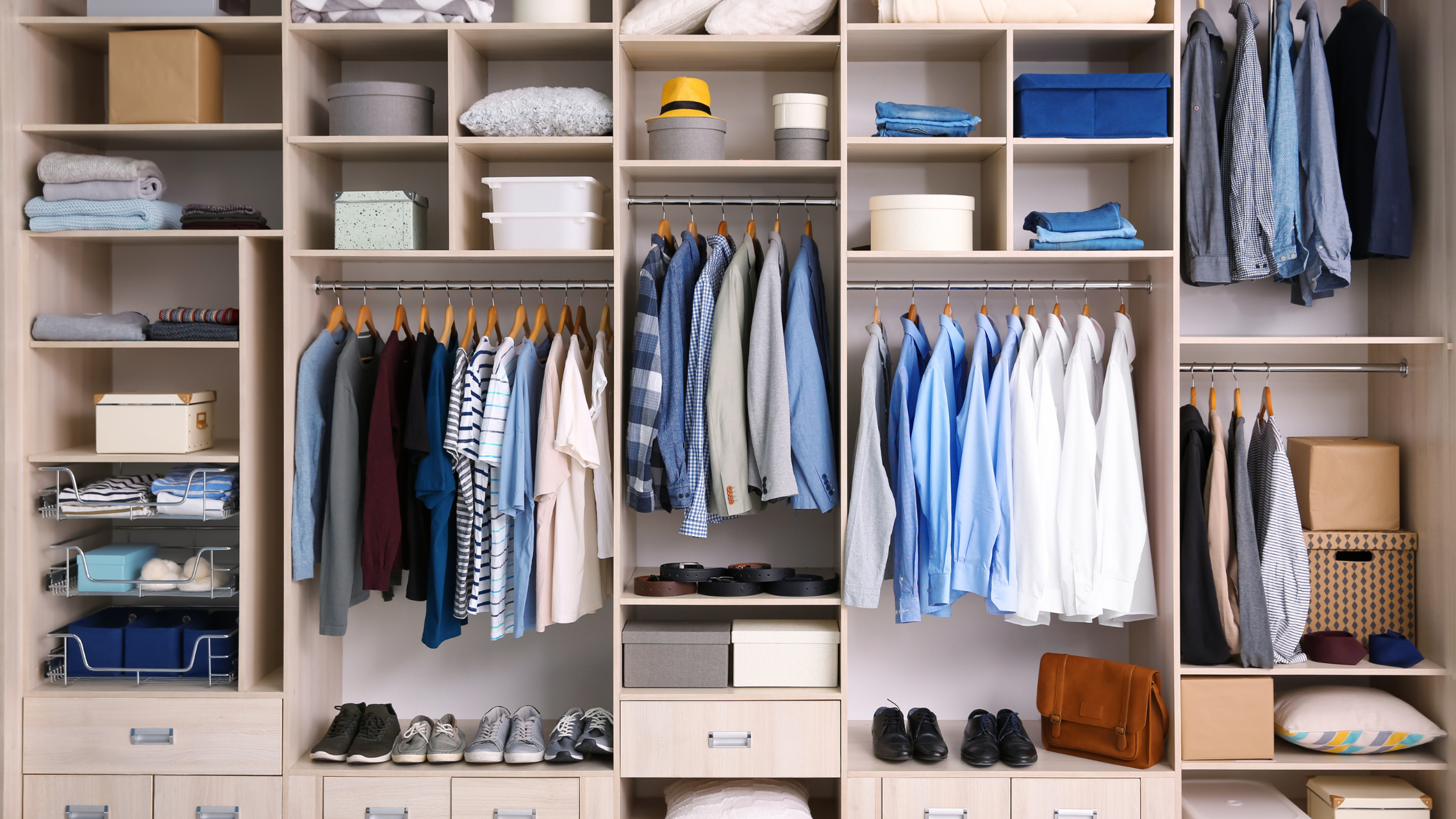Wardrobe management is the art of curating and maintaining a collection of clothing and accessories that not only reflects personal style but also ensures that it is well organised.
As a housekeeper, one of the key responsibilities you have is managing the wardrobe of your household. Keeping the wardrobes and dressers organised not only helps in maintaining a clutter-free space but also ensures that family members can easily find and access their clothes. In this blog post, we will delve into some tips and tricks to help you master wardrobe management efficiently.
1. Declutter Regularly
The first step in efficient wardrobe management is decluttering. If you are a housekeeper this can be tricky to approach. Encourage time spent with principals to go through their clothes regularly and get rid of items they no longer wear or need. This not only frees up space but also makes it easier to organise the remaining items.
2. Organise by Category
When organising the wardrobe, it’s helpful to categorise clothes by type (e.g., tops, bottoms, dresses) and then further subcategorise them by colour or season. This makes it easier to locate specific items and creates a visually appealing display.
3. Invest in Storage Solutions
Utilise storage solutions such as wardrobe organisers, drawer dividers, and garment bags to maximise space and keep everything neat. Consider using clear containers for items like accessories or shoes to easily see what’s inside. Use the correct coathangers and store handbags and shoes in the soft bags they came with. This helps protect them from damage and dust.
4. Rotate Seasonal Items
To optimise space in the wardrobe, rotate seasonal items. Store off-season clothes in vacuum-sealed bags, storage containers or wardrobes in another area of the house to free up space for current-season items. This also helps in keeping the wardrobe clutter-free and keep in a temperature-controlled climate area, this is a large part of wardrobe management.
5. Maintain Regular Maintenance
Make it a habit to do a quick wardrobe check and organisation session daily or weekly. This will prevent clutter from accumulating and ensure that everything remains in its designated place.
6. Label Everything
Labelling shelves, bins, and drawers can help everyone in the household know where things belong. This helps in maintaining organisation, it may not be possible to do this and for it to look pleasing to the eye. In this case, I would suggest that you create a floorplan and label this with the layout of items.
7. Keep an Inventory of items
Many principals have multiple homes and often move items from one location to another. Without an inventory or a system that tracks item movement this could become a real issue.
Many apps deal with wardrobe management. Some focus on the outfit choices rather than the items stored so do some research before you put all the effort into a program that does not deliver. Inventories allow for an organised system and whilst lengthy to input at the beginning when in operations and well maintained provide an excellent system worth its weight in gold. If space is an issue and often this is the case then inventories allow you to input where items are stored.
Stylishcious lets you add items to your calendar seeing what was worn for events or what is to be worn. Allowing the housekeeper to prepare and advise, check if they are clean or if last-minute sewing is needed. This could be something really useful to have as an app.
Closet space lets you upload an image from your camera, from a saved image on your device or copy-paste a URL where the image is saved on the web. You can group items in several ways (colour, garment type, number of times worn and date last worn), create lists and outfits, code outfits according to event (e.g. work, evening), and save outfits to a calendar date. You can also ‘archive’ items which aren’t currently being worn (e.g. winter coats).
8. Tailoring and Alterations
Understand the importance of tailoring and alterations and are willing to invest in getting their clothes tailored to their specific measurements. This attention to detail is what sets them apart and gives them that impeccable, put-together look.
Wardrobe management is usually a large part of the housekeeper’s role and can be rather time-consuming. Having a good system in place is essential. Allowing you to stay on top of it as well as performing all your other tasks.

